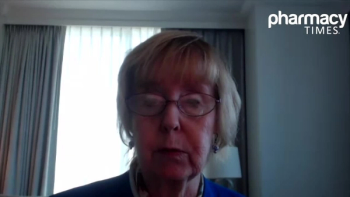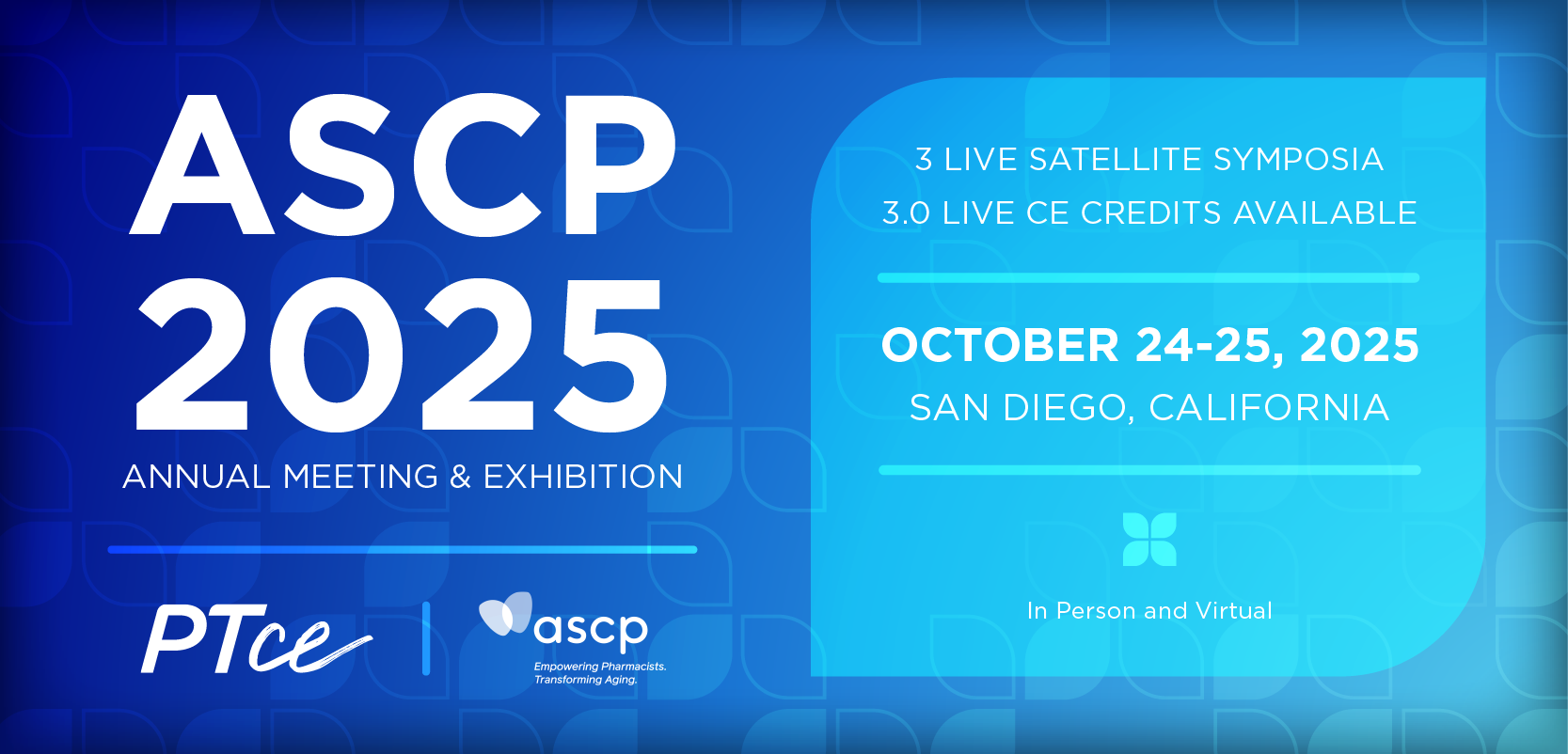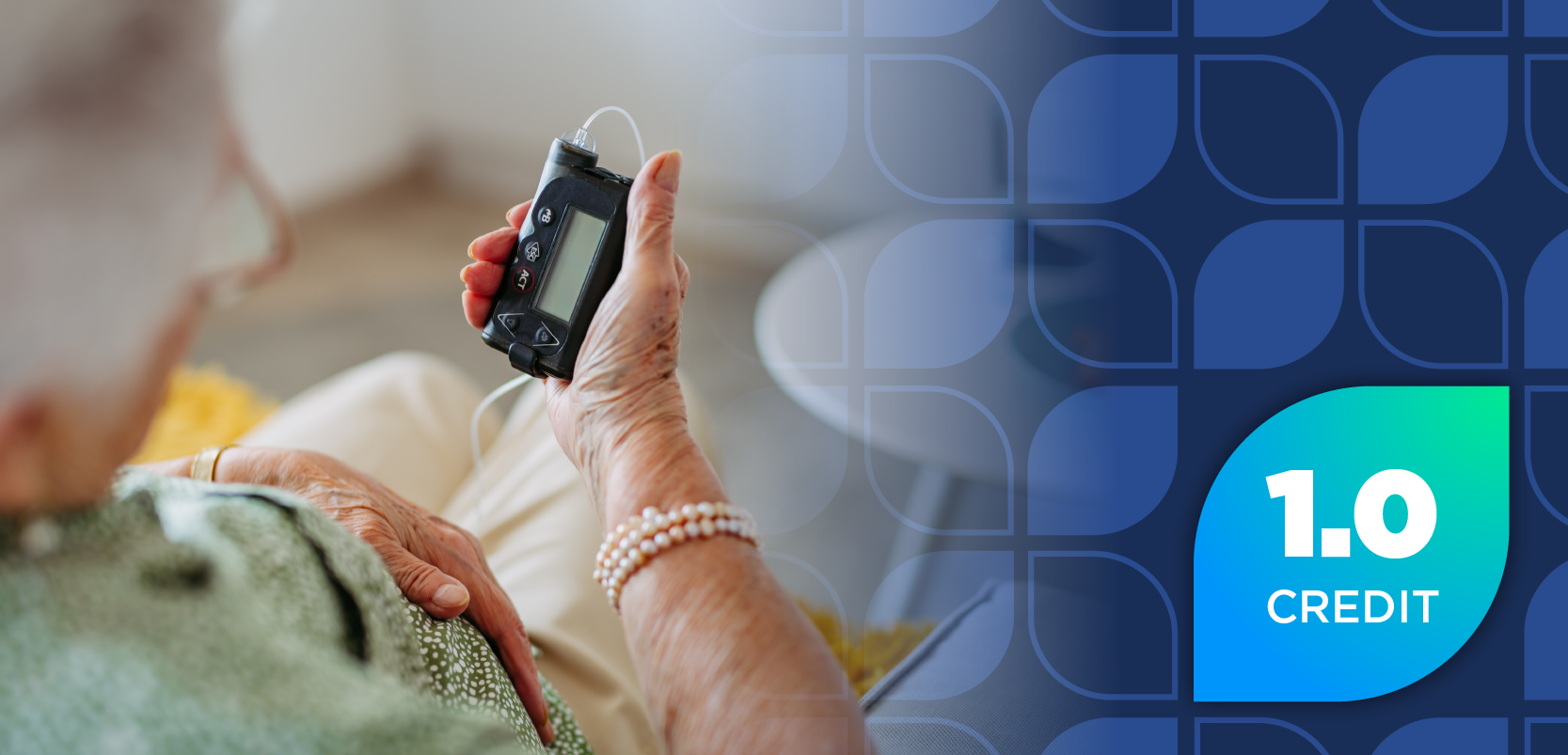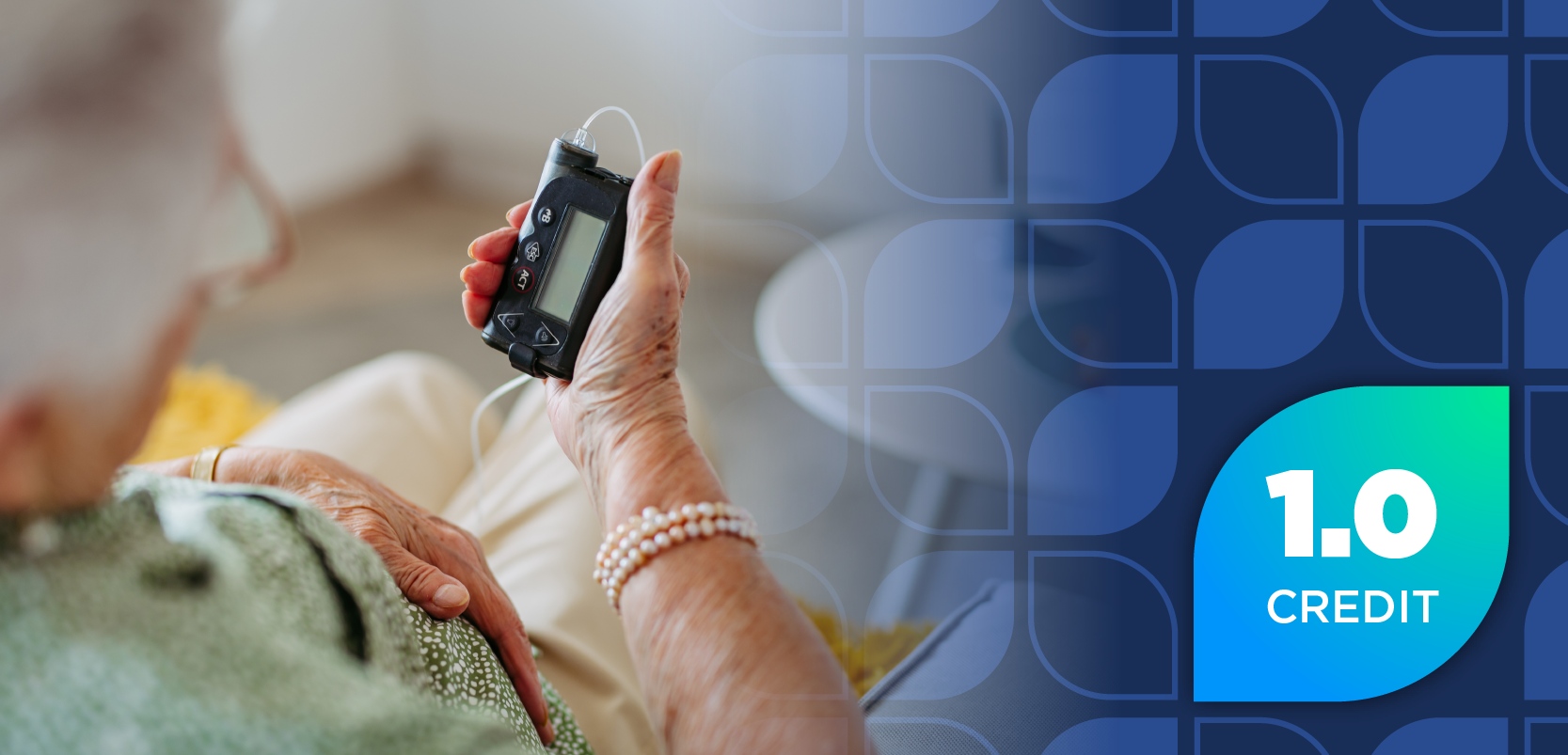
Expert: Navigating Safety and Tolerability When Switching IDH Inhibitors in Low-Grade Glioma

Adam Kahleifeh, PharmD, BCOP, discusses the impact of IDH mutations in low-grade gliomas.
In an interview with Pharmacy Times®, Adam Kahleifeh, PharmD, BCOP, neurology and oncology clinical pharmacy specialist at Memorial Sloan Kettering, discussed the role of IDH mutations in low-grade gliomas and how the approval of vorasidenib has advanced treatment by delaying the need for radiation and chemotherapy. Kahleifeh highlighted the clinical challenges of transitioning patients from ivosidenib to vorasidenib, particularly due to ivosidenib’s long half-life and the lack of formal guidance on washout periods. His research project is evaluating safety outcomes—especially liver toxicity and overlapping adverse effects—while also examining reasons for switching therapies and how transition timing impacts patient care.
Pharmacy Times: Can you provide some background on your research project, including the significance of IDH mutations in low-grade glioma and how the recent approval of vorasidenib fits into current treatment strategies?
Adam Kahleifeh, PharmD, BCOP: Gliomas are a heterogeneous group of primary brain tumors and represent the most common malignant primary brain tumor diagnosed. Gliomas classified by the World Health Organization as grade two or grade three are considered low-grade gliomas, and these are further classified into either astrocytomas or oligodendrogliomas. Most low-grade gliomas harbor mutations in either IDH1 or IDH2. This leads to an accumulation of the oncometabolite 2-hydroxyglutarate (2-HG), which affects cellular processes and is integral in tumor growth.
This has led to the emergence of targeting IDH as a newer treatment strategy in patients with low-grade gliomas. Most published data with targeting IDH inhibitors in low-grade gliomas is with ivosidenib, an IDH1 inhibitor. Ivosidenib is not FDA-approved for low-grade gliomas but is still used in clinical practice. The FDA approval of vorasidenib, a dual IDH1 and IDH2 inhibitor designed for better brain penetration, has changed the landscape of treatment for patients with low-grade gliomas.
One of the distinct advantages of using IDH inhibitors in this patient population—often diagnosed at a younger age—is that their use delays the need for radiation and chemotherapy. The current approved indication for vorasidenib is in patients with grade two astrocytomas or oligodendrogliomas that harbor an IDH1 or IDH2 mutation following surgery. This project is building on that development.
Pharmacy Times: What are the potential clinical implications of transitioning patients from ivosidenib to vorasidenib, especially given the lack of formal guidelines and ivosidenib’s long half-life?
Kahleifeh: With the approval of vorasidenib, many providers at our institution have elected to switch patients who were previously taking ivosidenib to vorasidenib. That has created clinical questions, as there is no data or guidance on the optimal transition from one agent to the other.
In general practice, when switching patients from one agent to another, factors considered include how patients are tolerating the current treatment and whether they are experiencing any residual side effects. Another major factor is determining the washout period, usually based on the half-life of the medication.
Ivosidenib presents a unique challenge given its long half-life. Traditionally, five half-lives are considered the optimal washout for a medication. For ivosidenib, that can range from 12 to 28 days. This presents a challenge in patients with a brain tumor that is constantly growing, especially when explaining to patients how long they need to wait before starting the new agent. My project is looking to provide some guidance on this transition.
Pharmacy Times: What safety and efficacy outcomes are being assessed in this project, particularly regarding liver toxicity and other adverse events?
Kahleifeh: With the estimated sample size and evaluation timeline, this project will focus more on safety outcomes, particularly liver toxicity, which is a known side effect of vorasidenib therapy. We will also look at other potential overlapping toxicities between both ivosidenib and vorasidenib, including myelosuppression and fatigue.
We are also assessing why patients were switched from ivosidenib to vorasidenib. Reasons may include disease progression, insurance or cost-related issues, or simply provider preference following vorasidenib’s approval. Another major focus of the project is the washout period between stopping ivosidenib and starting vorasidenib, as there is no formal guidance. We are examining whether the timing of this transition affects any safety outcomes.
Newsletter
Stay informed on drug updates, treatment guidelines, and pharmacy practice trends—subscribe to Pharmacy Times for weekly clinical insights.



















































































































































































































